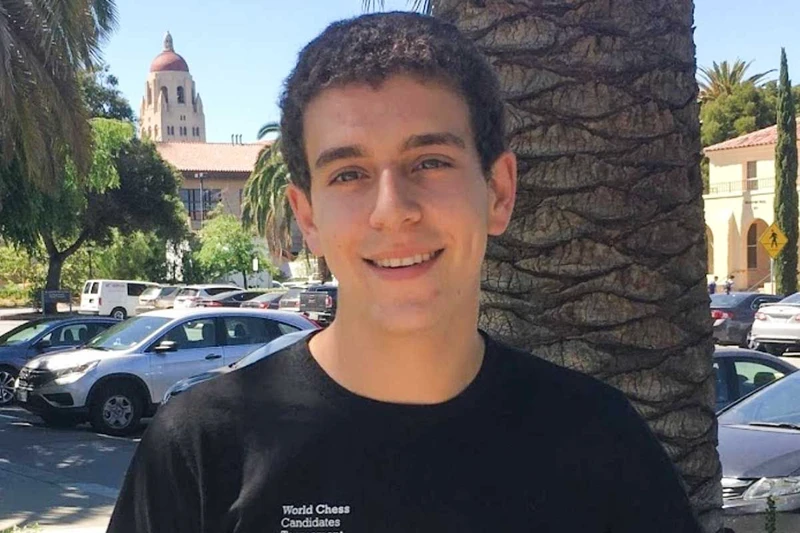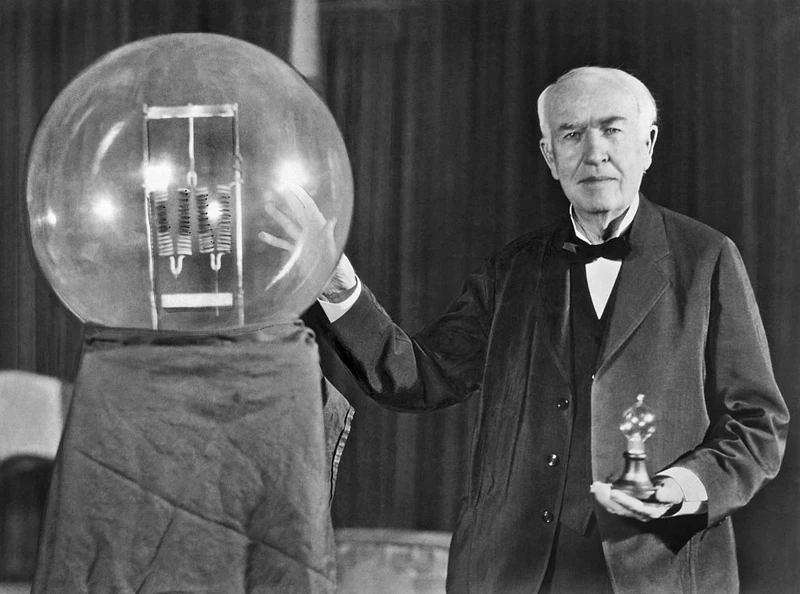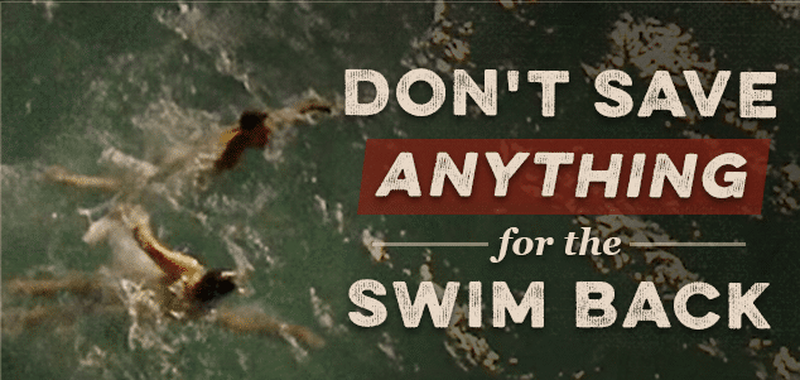The Missing Puzzle-Piece
Once when I was studying chess with my coach, I realized that most mistakes I made were because of insufficient will power. Both in training and over the board. At a 2300+ level the knowledge players have is similar, along with evaluations and understanding. Yet when it came to skills like finding resources, grandmasters were miles ahead. This got me thinking, is will power from nature or nurture? The answer as usual, is a little bit of both. Some are born strong-willed, hence the marshmallow experiment for kids.

Yet, I think will power is also a muscle which needs to be trained, just like with all muscles. You start off with little weights, seeing if your biceps can manage 10 pounds. When you can reliably handle that weight, you practice doing reps with bigger weights, which are in the goldilocks zone between too easy and too hard. You don’t blame yourself when you get off track, and set small realistic goals which are possible to follow through. I think that’s why lots of players fail to reach their targets, as their goals are perhaps too grand. They set out to be grandmasters, and when they run into problems reaching 2000, they quit altogether. Help your will power help you!

Refuting Your Ego
Here is what happens when our chess isn’t “willful” enough:
In this position, I succumbed to the temptation of the poisoned queen, with 33.Ne4+.
Obviously, I should have calculated the whole sequence, and seen the mating net that occurs after 34…Bxd4. Yet I was tired from the earlier calculations in the game, and time trouble allowed me the excuse of “let’s just play quick and see what happens”. If you see the mating net and start looking for new candidates, a move like 33.Qb7 should be easy to find, which leads to dynamic equality. So this is the biggest test of will power in chess, the power to falsify/refute your own ideas.
https://lichess.org/study/eR4CqcEK/zwzNih8S#76
Henrik played great to get to this point, where he’s actually better against GM Polak. But here. he gets overly-excited upon seeing an idea, and goes for 39. Rb7 assuming it will work. It’s always harder to find resources for the opponent than for yourself. Black is fighting for his life here and needs to make 39…Nxb7 work if he wants to survive. Whereas Henrik can afford himself the luxurious thought of “maybe, he’ll let my rook rampage the 7th rank, I’m doing well after all! He missed my 37. Bxc6 sacrifice, maybe he missed this one too!”
Finding hidden resources
I’m still shocked at the news about Daniel Naroditsky, and find it hard to think of anything else right at the moment. Yet the best way I can process it is using his game against Le Quang Liem from 2021 in tribute.
https://lichess.org/study/eR4CqcEK/V4p2xQ2y#30
Move 17 is the critical point of this game. Danya has to find something urgent considering his hanging knight and rook. The first use of will power is to resist taking that juicy pawn on f7 instantly, and start thinking after. “It comes with a check and they can’t castle after!” Yet these little decisions can doom you, as after exf, black is more coordinated with no loose pieces, our tactics fail. The second step is seeing 17.d4 as a candidate, even though it ‘hangs’ a knight. Even my Leela engine doesn’t spot it until you expressly point it out! Already, 16.Qb1 is a necessary move that’s hard to find. After 16…Qc5, most players would just drop back their rook and be satisfied they’re not losing material. Yet Danya is no ordinary player and realizes that the time is ripe for urgent measures, while the black king is still without a house. Even after that, 22.d5 isn’t an easy move to find, since you must realize that 22…Qe5 gets met with 23.Qb4, and preferably see it from move 16 when the crisis started.

Thank you for everything Sensei.
How to develop this resource-finding skill? Danya worked with Kasparov as a kid and Garry loves to give his ‘apprentices’ endgame studies, where the whole solution hangs on unusual, pattern-free resources that overcome resistance. Here’s one example Kasparov gave to a 10-year old Vincent Keymer to solve blindfold. See how your will power copes with this one! For full credit, don’t stop looking until you take their last pawn, or 15 minutes are up.
https://lichess.org/study/eR4CqcEK/VMeQFlv3#0
Congratulations if you saw all the way to Qg2! where black can keep their pawn no longer.
Here’s another of my favourites that I like to give to strong students. White to play!
https://lichess.org/study/eR4CqcEK/nPwdV9yA#0
It’s rare that kids find the final touch in the solution, because both moves are counter-intuitive. I notice that the kids who try the hardest without giving up, giving line after failed line and not quitting, tend to do the best. This reminds me of Thomas Edison experimenting with different materials that would light up a light bulb and trying over and over again, with no hint of success. When asked how many times he failed, he replied: “I have not failed 10,000 times. I have not failed once. I have succeeded in proving that those 10,000 ways will not work. When I have eliminated the ways that will not work, I will find the way that will work.”
This mentality is a must for ambitious chess players.

Perhaps a thief, but a persistent one.
Finding opponent’s resources
Forgive me for sounding like Dvoretsky there, but there is a reason he wrote a whole book on this topic. Yet the difference between the book and reality is that reality doesn’t tell you when to search for these resources. It could be on move 5, 25, or 45. One way to spot the moment for these resources is to feel the texture of the position. Some positions are ‘spicy’, ‘tricky’ ‘slippery’, etc. When you feel those textures and start noticing problems in some variations, you can count on these problems recurring in most of your ideas. You found the problem in your line? Half of the time we can overcome these resources, but this tedious process requires will power mastery. Here’s a successful example:
After hitting time control, I noticed that the position was ‘slippery’ due to their devious knight and b6 nail pawn, even though it still felt winning. ‘Obvious’ moves like 44…Qd5 even lose since white’s pawns break through! After a while, I realized that 44…Qd7 made a lot of sense, aiming to trade off the queen through c8 and h8! After then the endgame would be winning. Yet upon closer examination, I realized that white had to strike quickly with 45. g4, if they wanted to stop this queen trade. At first, I tried to prevent or deal with g4, hoping to keep the pawn chain. When this failed, I realized that the consequence of g4 was their king being exposed, which we can pounce on right away with Qd1!

Slippery Position!
To be honest, I missed 46.Qc7 altogether, which was a fail. Thankfully, I learned not to trust opponents’ calculation, even though a lazy part of you just wants to assume that their ideas are well thought-out and don’t have to be checked. Putting on our detective hats, we can spot that they may get a queen after 46…Rxc7, but they also get mated first after …f4-f3! Thus, we overcame their resources.
Battling Knee-Jerk Reactions
Will Power is also responsible for holding us back from tempting ‘juicy’ moves which turn out to be wrong. Just like in poker sometimes you have to fold a pair of aces, in chess sometimes we fold on moves that are screaming to be played. The realization that there might be something better or that the tempting move is a trap is a sign of chess maturity. Here is an example of Tal’s will power.
https://lichess.org/study/eR4CqcEK/CU3Wwiuy#50
One thing Mikhail Tal figured out is his opponents were aware of the obvious variations, and calculated obvious forcing moves as well as he did. Yet they would miss the unexpected ‘unique’ moves that Tal was always on the lookout for.
In this example he sees the obvious 26.Bxd5 that Bjorn wants him to play. Yet after Bxd5 Qxd5+ Rd6! Black has managed to kill white’s advantage entirely. 26.Bxd5 steals a pawn with check, and sets up a queen and knight combo, but good players have no trouble resisting such temptations. Tal realizes that 26.Nc4! is more to the point, exposing black’s weaknesses. This move followed by 33.Nxd5 and 34.Ra8! later show how hard it was to play with Tal. He would revel and bask in these unusual ideas, which can’t be found by pattern recognition alone.

Knee-Jerk reactions often backfire!
Here is a famous recent example of Vincent Keymer succumbing to the Knee-Jerk effect, in a game that may influence his career.
https://lichess.org/study/eR4CqcEK/M2qg6Yjf#106
54. Rh7 is so natural, but also so sad! It takes will power to stop yourself before playing these ‘obvious’ moves.
After a 6-hour struggle, even the best players’ will supply is depleted, and such mistakes do happen.
This is also why strong players care about their exercise, diet, and routine during tournaments. These factors increase our will power supply,
as Daniel Kahneman wrote about in Thinking Fast and Slow.

To finish off, I’d like to show how Danya avoided Knee-Jerk reactions in his games:
White clearly has a promising attack, but such positions are all too easy to mess up, because the win isn’t exactly intuitive. While 25.h6+ is still fairly thematic, what would you do then? The overly cautious player will instinctively move the bishop to c6 or c4, giving black time to defend. The overly aggressive player will go for 26.Rxf6 without too much thinking, instinctively giving up the bishop on b5 for the attack. Both would fail! Danya with his ample supply of will power and calibrated aggression, finds the only winning blow 26. Qg5!! This requires suspending judgement and avoiding faulty thinking like “this move must be played!”
Final thoughts
No one is perfect when it comes to will power, it’s a work in progress even for GMs. Ironically, it took me three weeks to finish this article because of distractions, tournaments, getting sick, but mostly laziness 🙂
If you ever need inspiration when your will power’s fading, I find that movie quotes can do the trick.
Rocky Balboa is great of course, but my personal favourite is the movie Gattaca, when Vincent beats Anton in their swimming race, despite being “genetically inferior”.
You wanna know how I did it? This is how I did it Anton. I never saved anything for the swim back.

Share your favourite movie quotes in the comments!
